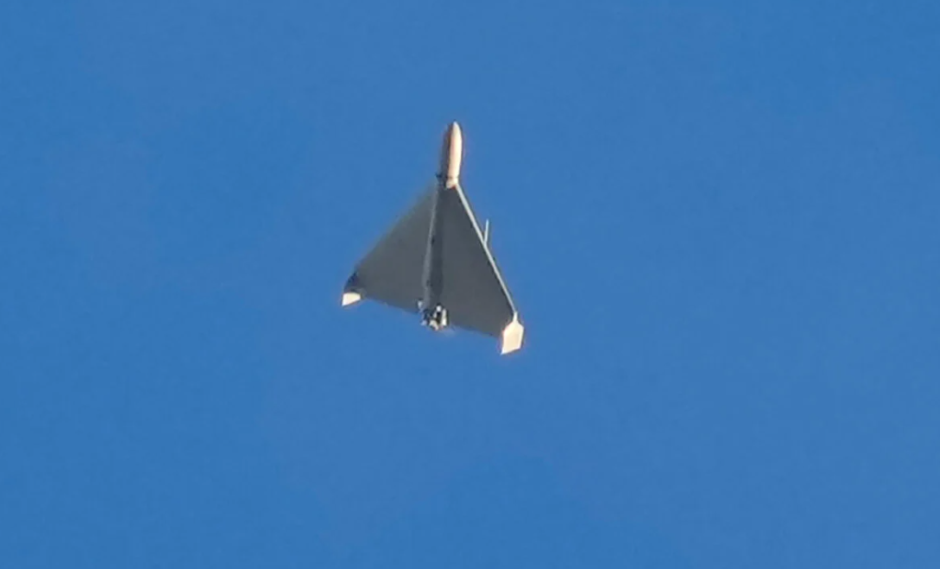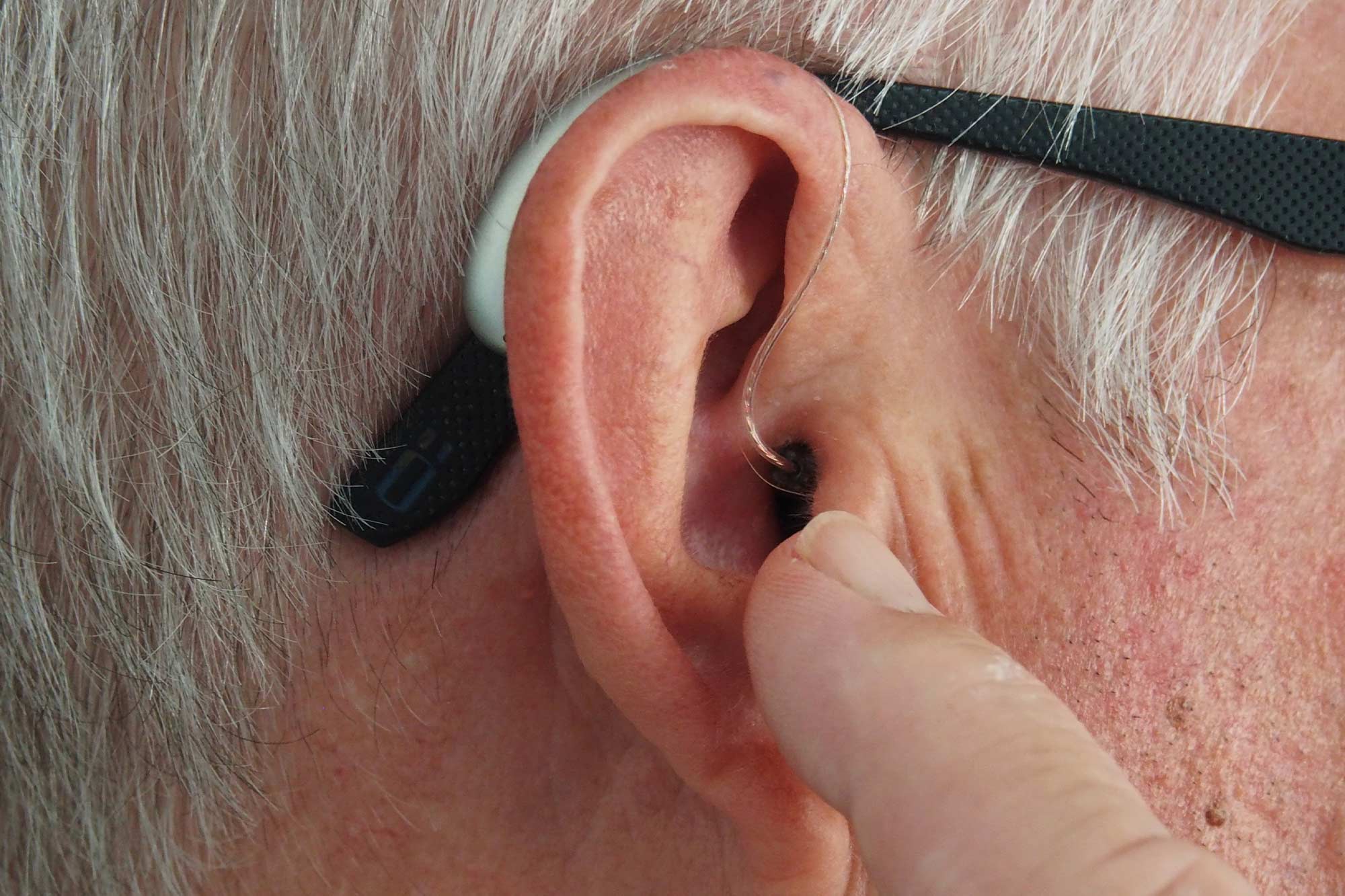Human assistance is becoming increasingly vital for pollinators, but the social perception of domestic beekeepers is mixed. New research examines their effectiveness from an environmental point of view and compares treatment methods – the first results are available.
The so-called pollinators are animals that essentially transfer the genetic material of plants from one flower to another while they are feeding, thus ensuring their reproduction. This type of relationship between plants and animals dates back about 150-200 million years, and while it continued to expand and evolve, many disciplines evolved on both sides – we wrote more about the latter, as the “battle of flowers”, here.
Today, in Hungary alone, in addition to the honey bee, there are more than 700 species of bees, as well as butterflies, flies and mosquitoes, thousands of species in total doing this work. The interconnectedness of plants is even more surprising: 80 percent of terrestrial angiosperms benefit to a greater or lesser extent from pollinators.
Preventing the destruction of pollinators is a complex, multi-level task, and perhaps its most visible area to the general public is the creation and management of so-called urban beekeeping. In North American and Western European settlements, the history of helping pollinators goes back a decade or two, but in the ‘East’ such interventions are still very rare, and only in recent years have they become more widely known.
In Hungary, for example, the designation of “official” bee pastures in Budapest in 2021 was accompanied by great interest. In simple terms, it means that smaller or larger, less frequent deciduous greens are mowed less or not at all, in fact planted with plants that provide continuous food for pollinators during the growing season. In the Hungarian there is always a species presently flourishing, offering pollen and nectar to the ‘those who are interested’, and at several sites so-called bee-hotels are also being set up, which help the bees nesting in the cavity to multiply.
Messy or natural?
It’s been three years, and if you look at the topic that pops up on social media platforms, even the controversy that flares up on a regular basis, the picture is quite mixed. In theory, the vast majority would agree with protecting pollinators in this way, and don’t regret the patches of green already lost from human use, but many don’t like the implementation. Some people consider the natural environment untidy and “weedy” from the start, while others think it worthless, as only mouse bark (the enemy of dogs, commonly known as toad) spreads over them. We have no intention of getting involved in the social debate, but rather followed the ecological “use” of urban beekeeping and lessons learned so far.
the Environmental Research Centre (ÖK) f Hungarian University of Agricultural and Life Sciences Its researchers have been monitoring the bees’ pastures since 2021. They are curious to see how much this type of care helps pollinators, and how the system can be made as efficient as possible – the first study based on their findings It can be read here Originally.
We are at the beginning, and so far it appears that positive changes have begun from an environmental point of view, and our results provide a basis for perfecting the method
24.hu says Dr. Victor Segeti Biologist, Scientific Associate at ÖK, Research Leader.
Double increase, but it’s not the end
The researchers investigated two types of sites in Budapest and Veszprém. In one of them, the so-called infrequent mowing was used, that is, in the period from spring to autumn, instead of the usual 4-7 mowings, lawn mowers were sown only 1-2 times, while in the other annual plants were sown using mixtures of domestic and foreign seeds almost. The result was positive in both cases: in 2021 and 2022 in general
This is a welcome change, but Victor Sighetti points out that this should not be considered a ‘final’ result just yet, as this requires long-term monitoring. On the one hand, because it is a multi-year process in the first place, by the time these regions are brought into balance, they will be able to keep pollinators stable – in other words, in layman’s terms, nature will be confidently doing its job if left to do so, But it takes time.
The other is last year’s weather: during a historic drought, it was virtually impossible to keep plants alive even with irrigation, which clearly had a disastrous effect on pollinators as well. By definition, this year’s data is not yet definitive, but Segeti reveals that the favorable weather has led to a significant increase in the number of visitors to the bee pastures.
original and mosaic
As for land management, the researchers came to several conclusions. For example, the flower patches of annual species only provide food in the second half of the season, because seeds sown in spring do not develop into flowering plants until mid-summer. Instead, priority should be given to seed mixtures that are close to nature, ie containing as many native species as possible, and which can create a self-sustaining habitat. The goal, of course, is to always have a flowering plant nearby, and according to our current knowledge and experience, the perfect urban beekeeping requires complex management.
It would be best if native species, preferably perennials, were planted in enclosed, less used and trampled parts of the garden, and mosaic cuttings used elsewhere.
– sums up Victor Sighetti.
The ideal is still a long way off, in which every green area simultaneously meets the needs of pollinators and populations, which requires closer and longer-term collaboration between science and decision-makers. Today, it is difficult even to obtain a seed mixture containing native species of the Carpathian Basin, and the “good attitude of farmers” can be enhanced, because in many cases we can still see roadsides, park areas, and sometimes overgrown “bee pastures”. With mouse barley and fallow grass.
Pollinator Assistance Projects – ÖK Post this It deals in detail with what we can do for them in an urban environment – the winners are primarily urban dwellers, that is, the benefits apply at the local level, and it would be too early to appreciate their regional or even national significance today.
However, given the extent of the destruction of the natural environment, it does not seem to be an exaggeration that the shelter provided by man is being valued for an increasing number of species. In reality. In a pasture bees watch the twelfth. In the area, the researchers found a specimen of the Nomada thyrsites. This is the little bee
The semi-natural spots that appear in the concrete jungle of the built environment have been shown to have a beneficial effect on a person’s mental health. The creation and maintenance of bee colonies cannot be done without the support of the population, and Victor Sighetti stresses that in the future they would like to increasingly involve so-called citizen science in their work. In such cases, researchers enlist the help of ordinary people to collect data. Monitor pollinatorswhich anyone can join.












































